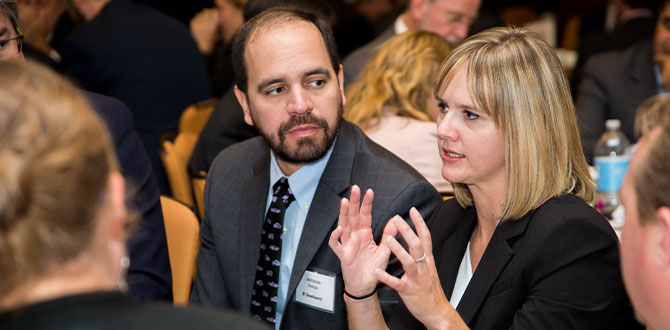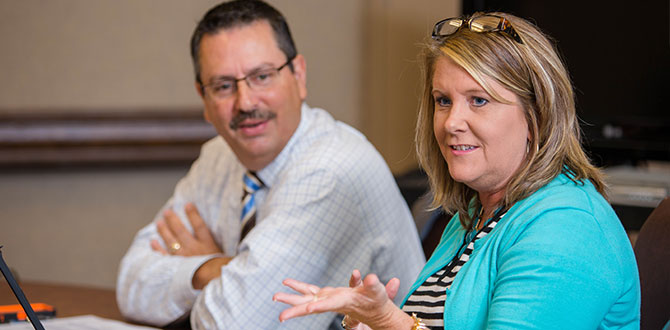Earlier this year we attended the Client Experience (CX) conference in Durham, North Carolina. The event was hosted by Client Savvy, an organization that works with professional services organizations whose success depends on strong client relationships.
We know that a strong client experience is what keeps clients happy. But what we’ve wrestled with is learning what the best client experience looks like, because often it can look different for each client. We left the conference with a new-found
understanding that there are a few concepts that span all clients, geographies, services, and markets.
The Experience Economy
The best way to explain the idea of an experience economy is presented in this Harvard Business Review article about a birthday
cake:
“How do economies change? The entire history of economic progress can be recapitulated in the four-stage evolution of the birthday cake. As a vestige of the agrarian economy, mothers made birthday cakes from scratch, mixing farm commodities (flour,
sugar, butter, and eggs) that together cost mere dimes. As the goods-based industrial economy advanced, moms paid a dollar or two to Betty Crocker for premixed ingredients. Later, when the service economy took hold, busy parents ordered cakes from
the bakery or grocery store, which, at $10 or $15, cost ten times as much as the packaged ingredients. Now, in the time-starved 1990s, parents neither make the birthday cake nor even throw the party. Instead, they spend $100 or more to “outsource”
the entire event to Chuck E. Cheese’s, the Discovery Zone, the Mining Company, or some other business that stages a memorable event for the kids—and often throws in the cake for free. Welcome to the emerging experience economy.”

Today, it isn’t enough to just provide the services to a client that they request. Any firm can do that. Instead, what consultants ought to be offering is an experience. This might mean taking a personal interest in the client’s industry to
better understand their needs. We should be predicting their needs before they do, ultimately saving them time and energy by providing solutions to challenges that may arise down the road. By being proactive, we’re able to offer clients the
experience of reduced worry.
Project as a Journey
If a project is really a journey, how can we as consultants and experts make the journey as easy as possible for the client? The key idea here is acknowledging and meeting critical milestones that have traditionally been
overlooked. This might include onboarding a new client (tell them ahead of time what they might expect, show them an example invoice and make sure it will work with their system), critical meetings (where large, expensive decisions are made), and
celebrating at a project close-out (it’s been wrapped up, on time, within budget, and everyone’s expectations were met or exceeded).

Client Feedback
Creating an experience for a client and treating a project as a journey is great, but only if we know with absolute certainty that it’s been a great experience for the client too. If we try to implement these practices,
but the client doesn’t think we’re doing a good job, then it’s null and void. Feedback from a client is the most valuable information you can have in this industry. A best practice may be creating a standard feedback form and request
that the client completes soon after the project is finished to make sure that honest and fresh feedback is shared, or making it a habit to meet with the client to gather feedback once a project is complete.
The client experience is different for everyone. But some truths remain: clients want to be heard, have their needs met, and ideally have it all done on time and under budget. By following best practices and striving to look from the client’s perspective,
the likelihood of improving project experiences is much higher.